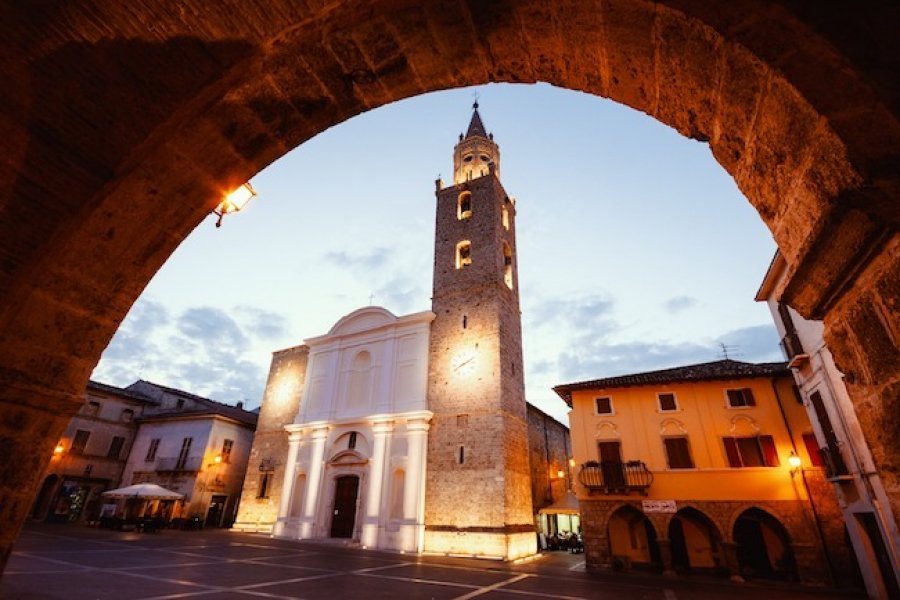Let's discover Campli, a village full of surprises
Among the hills, in the province of Teramo, lies the village of Campli, a splendid city of art full of pleasant surprises. This town contains numerous attractions for those who, perhaps during their stay in one of the seaside resorts on the Teramo coast, also like to discover the riches to be found in the adjacent hilly area.
Campli is famous for the presence of the Holy Staircase, so called since 1772. By climbing the 28 wooden steps present, on their knees, praying and with bowed heads, the faithful receive absolution for their sins.
This place of worship is still visited by numerous pilgrims and is enriched by the fascinating symbolism expressed by six paintings, located on the sides of the steps and related to the events of the Passion.
The Cathedral of Santa Maria in Platea, dating back to the end of the 14th century, and the Church of San Francesco, with its unmistakable Romanesque style, simple and essential, should also be mentioned for their artistic relevance.
Of great architectural interest are the civic buildings present, such as the Casa del Farmacista, the Casa del Medico and the imposing Palazzo Farnese. The latter, in Gothic style, is one of the oldest civic palaces in Abruzzo, dating back to the late 13th century. These structures represent interesting examples of medieval and Renaissance civil architecture.
Perhaps one of the most striking attractions to visit is the necropolis located in nearby Campovalano. More than 600 burials dating between the 12th and 10th centuries B.C. have been found in this area. The archaeological heritage unearthed, which features funerary objects rich in ancient artefacts from the period, is partly present at the Archaeological Museum of Campli.
The town is also famous for its link with Teramo's gastronomic tradition and in particular for the 'porchetta di Campli'. During your visit to the town, don't miss the chance to eat a porchetta sandwich at one of the little trucks on the street... you won't regret it!
Campli is therefore an opportunity to visit one of Abruzzo's towns richest in history, which has preserved not only its medieval appearance but also a strong link with the traditions and customs of the territory.









 IT
IT EN
EN DE
DE